Top 10
Caveman Genetics
By DANIEL WEISS
Monday, December 11, 2017
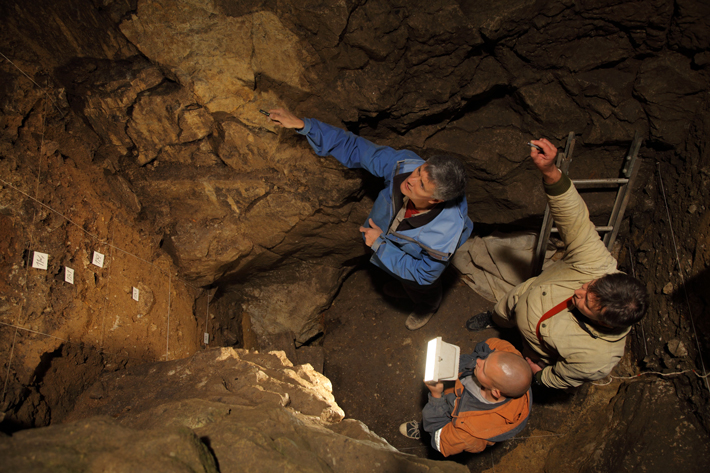
Remains of early humans such as Neanderthals and Denisovans have been discovered at just a limited number of sites in Europe and Asia. This has long frustrated archaeologists, who are confident that many more locations were occupied throughout these regions. This year, however, researchers announced a new way of detecting the hominins’ presence—through genetic traces in cave sediments. A team led by Viviane Slon of the Max Planck Institute for Evolutionary Anthropology analyzed sediments from seven sites in France, Belgium, Spain, Croatia, and Russia, and found Neanderthal DNA at three sites dating to up to 60,000 years ago, and Neanderthal and Denisovan DNA in Russia’s Denisova Cave dating to around 100,000 years ago. In a number of cases, the genetic evidence was located at stratigraphic levels where no hominin remains have been found. “It was really exciting,” says Slon, “to see that even without the bones, we can still find the DNA of these people.”
The technique worked even with sediments that had been collected a number of years ago and stored in labs, Slon notes, “so we’re not only restricted to active excavations.” The researchers hypothesize that the DNA in the sediments comes from body fluids left behind by hominins as well as decomposition of their remains. So far, they have focused on mitochondrial DNA, but hope to be able to find nuclear DNA as well, which would provide additional genetic information about the hominins.
Iron Age Britain’s Oldest Gold
By MARLEY BROWN
Monday, December 11, 2017
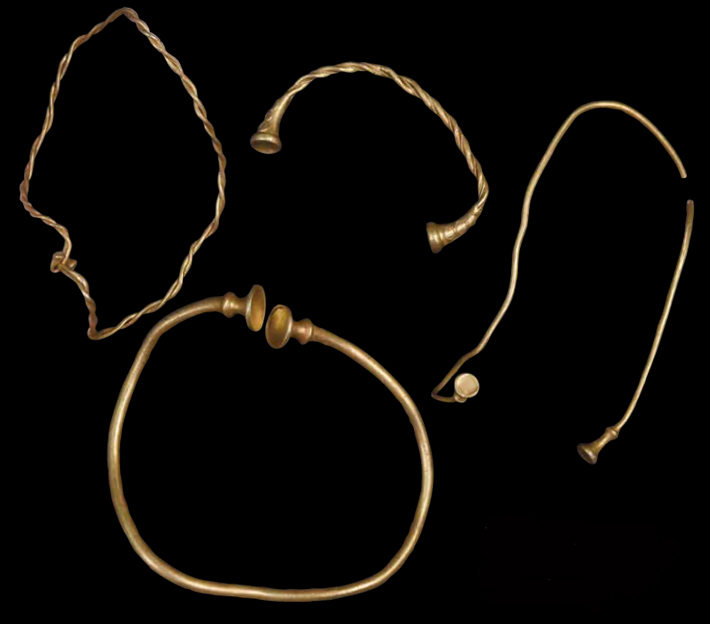
Four torcs uncovered in Leekfrith are the earliest Iron Age gold items ever found in Britain. They can be dated to between 400 and 250 B.C. based on their stylistic qualities, says Julia Farley of the British Museum, who notes they were most likely worn by women. The torcs’ age is remarkable because, for several hundred years starting around 800 B.C., people in Britain appear to have largely abandoned wearing and manufacturing gold jewelry. One explanation is that the trade networks that brought gold to England had broken down. Tin and copper, used to make bronze, which had been key imports, were no longer needed once locally produced iron became available. Societies became focused on community survival rather than individual status. “Communal identity might have been more important than things which emphasize an individual’s power, like wearing loads of bling,” Farley explains. She believes the torcs were likely made on the continent and show that personal adornment was coming back into vogue as Europe grew cosmopolitan again. “The simplest explanation,” Farley says, “is that they came across the channel as gifts or trade goods, or perhaps the women even came over wearing them.”
The Square Inside Avebury’s Circles
By MARLEY BROWN
Monday, December 11, 2017
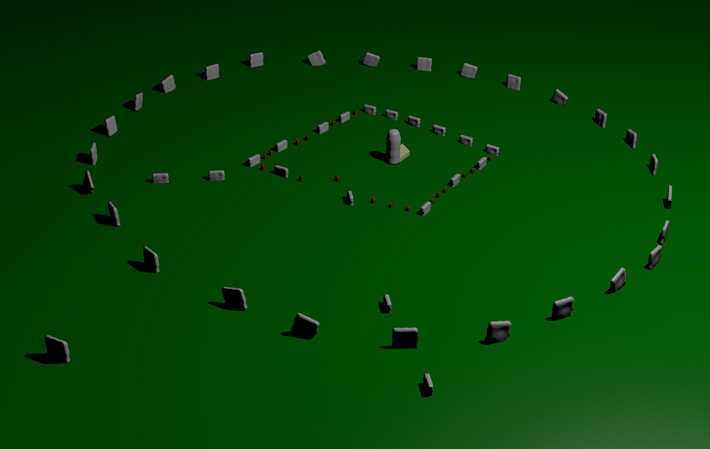
Avebury, the Neolithic monument just north of Stonehenge, may be best known for its outer stone circle, the largest of its kind in Europe, which encompasses the entire site. Archaeologists have now discovered that within one of its inner circles, there was an earlier, square formation. Using radar technology, they have identified evidence of an arrangement of stones that they believe commemorated the footprint of a Neolithic house, a structure built as early as 3500 B.C. While past theories have postulated that Avebury was constructed from the outside in, these findings suggest the site instead sprang from a single building. “One interpretation is to see it like ripples on a pond,” says Mark Gillings of the University of Leicester. “The house decays, its position is marked with a huge standing stone, and its orientation and shape are marked by the square. It may have been 300 years after the house was built that they decided to memorialize it,” he explains. “By that stage it might have even been an ancestral place that had slipped into myth and legend.”
Rome’s Oldest Aqueduct
By ROSSELLA LORENZI
Monday, December 11, 2017
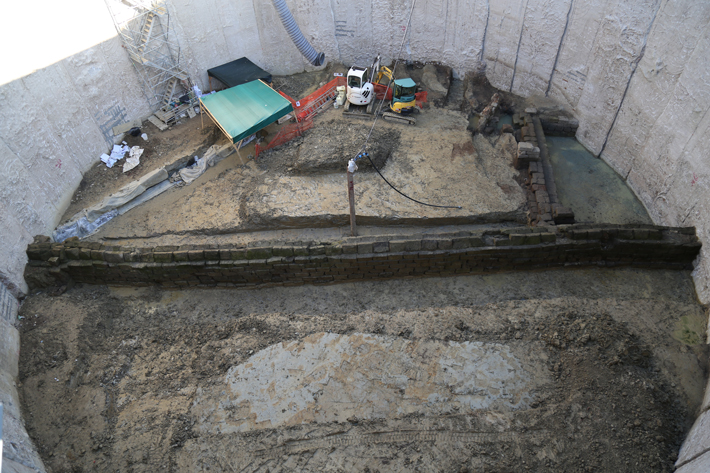
Construction workers on Rome’s new “C” metro line uncovered what is believed to have been part of the Aqua Appia, Rome’s oldest-known aqueduct, which dates back to 312 B.C. The remains were found near the Colosseum, at around 55 to 60 feet below Piazza Celimontana, a depth usually unreachable by archaeological excavation, says Simona Morretta of the Archaeological Superintendency of Rome. The section of aqueduct measures 6.5 feet tall and is made up of large gray, granular tufa blocks arranged in five rows. “The total absence of any traces of limestone inside the duct suggests that its use over time has been limited,” says Morretta, “or that the structure was abandoned just after a maintenance intervention.” It stretches for more than 100 feet and continues beyond the investigation area bounded by concrete bulkheads.
Homo sapiens, Earlier Still
By ZACH ZORICH
Monday, December 11, 2017
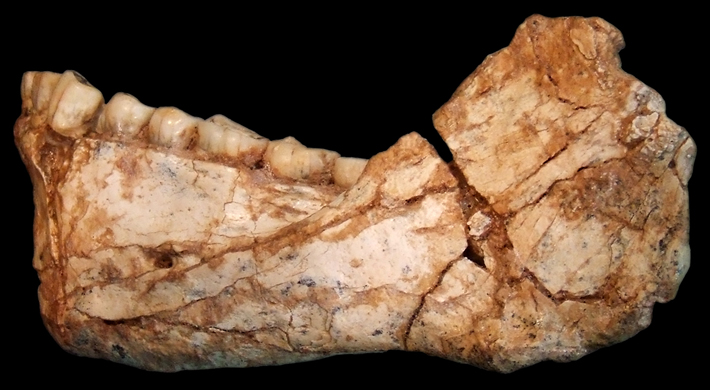
Excavations at Jebel Irhoud, near Morocco’s west coast, have uncovered the 300,000-year-old bones of some of the earliest members of the Homo sapiens lineage. Human bones were first discovered at the site in 1961, and their strange combination of archaic and modern features intrigued scientists, who guessed they belonged to Neanderthals and dated to about 40,000 years ago. In 2006, a team led by Jean-Jacques Hublin of the Max Planck Institute for Evolutionary Anthropology reopened excavations at Jebel Irhoud. This year, they revealed their results, providing a glimpse of the earliest members of the ancestral line that led to modern humans.
The Jebel Irhoud hominins apparently lived 350,000 years after Neanderthals and Homo sapiens last shared a common ancestor, long enough for the two lineages to develop some obvious differences. The people of Jebel Irhoud had flat and short faces like modern humans, but their brains were more elongated and their teeth much larger. Their brow ridges were also more prominent than those of humans living today, but not as heavy as those of Neanderthals.
Advertisement
Advertisement
IN THIS ISSUE
Advertisement

Recent Issues
-
 May/June 2024
May/June 2024
-
 March/April 2024
March/April 2024
-
 January/February 2024
January/February 2024
-
 November/December 2023
November/December 2023
-
 September/October 2023
September/October 2023
-
 July/August 2023
July/August 2023
-
 May/June 2023
May/June 2023
-
 March/April 2023
March/April 2023
-
 January/February 2023
January/February 2023
-
 November/December 2022
November/December 2022
-
 September/October 2022
September/October 2022
-
 July/August 2022
July/August 2022
-
 May/June 2022
May/June 2022
-
 March/April 2022
March/April 2022
-
 January/February 2022
January/February 2022
-
 November/December 2021
November/December 2021
-
 September/October 2021
September/October 2021
-
 July/August 2021
July/August 2021
-
 May/June 2021
May/June 2021
-
 March/April 2021
March/April 2021
-
 January/February 2021
January/February 2021
-
 November/December 2020
November/December 2020
-
 September/October 2020
September/October 2020
-
 July/August 2020
July/August 2020
-
 May/June 2020
May/June 2020
-
 March/April 2020
March/April 2020
-
 January/February 2020
January/February 2020
-
 November/December 2019
November/December 2019
-
 September/October 2019
September/October 2019
-
 July/August 2019
July/August 2019
-
 May/June 2019
May/June 2019
-
 March/April 2019
March/April 2019
-
 January/February 2019
January/February 2019
-
 November/December 2018
November/December 2018
-
 September/October 2018
September/October 2018
-
 July/August 2018
July/August 2018
-
 May/June 2018
May/June 2018
-
 March/April 2018
March/April 2018
-
 January/February 2018
January/February 2018
-
 November/December 2017
November/December 2017
-
 September/October 2017
September/October 2017
-
 July/August 2017
July/August 2017
-
 May/June 2017
May/June 2017
-
 March/April 2017
March/April 2017
-
 January/February 2017
January/February 2017
-
 November/December 2016
November/December 2016
-
 September/October 2016
September/October 2016
-
 July/August 2016
July/August 2016
-
 May/June 2016
May/June 2016
-
 March/April 2016
March/April 2016
-
 January/February 2016
January/February 2016
-
 November/December 2015
November/December 2015
-
 September/October 2015
September/October 2015
-
 July/August 2015
July/August 2015
-
 May/June 2015
May/June 2015
-
 March/April 2015
March/April 2015
-
 January/February 2015
January/February 2015
-
 November/December 2014
November/December 2014
-
 September/October 2014
September/October 2014
-
 July/August 2014
July/August 2014
-
 May/June 2014
May/June 2014
-
 March/April 2014
March/April 2014
-
 January/February 2014
January/February 2014
-
 November/December 2013
November/December 2013
-
 September/October 2013
September/October 2013
-
 July/August 2013
July/August 2013
-
 May/June 2013
May/June 2013
-
 March/April 2013
March/April 2013
-
 January/February 2013
January/February 2013
-
 November/December 2012
November/December 2012
-
 September/October 2012
September/October 2012
-
 July/August 2012
July/August 2012
-
 May/June 2012
May/June 2012
-
 March/April 2012
March/April 2012
-
 January/February 2012
January/February 2012
-
 November/December 2011
November/December 2011
-
 September/October 2011
September/October 2011
-
 July/August 2011
July/August 2011
-
 May/June 2011
May/June 2011
-
 March/April 2011
March/April 2011
-
 January/February 2011
January/February 2011
Advertisement






